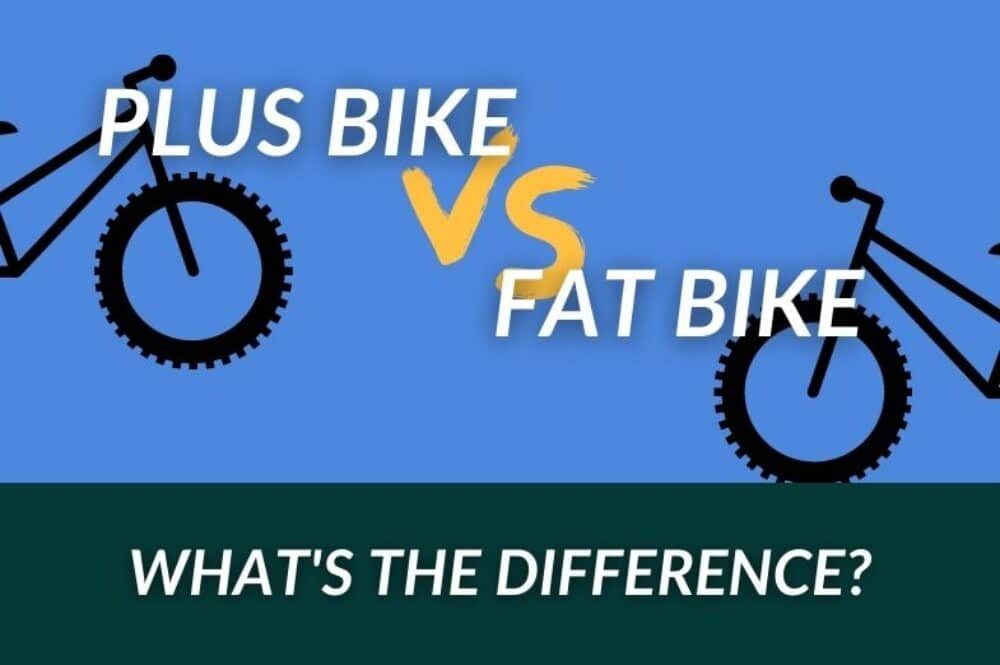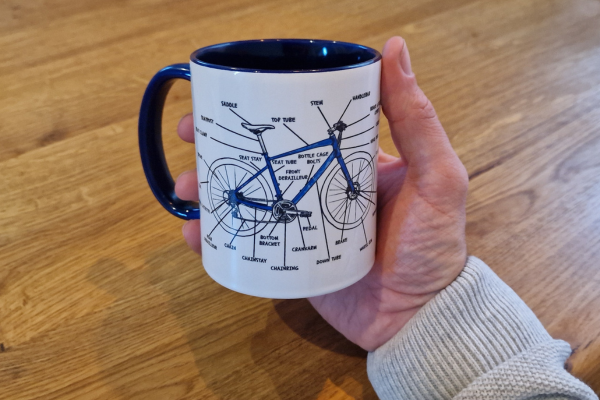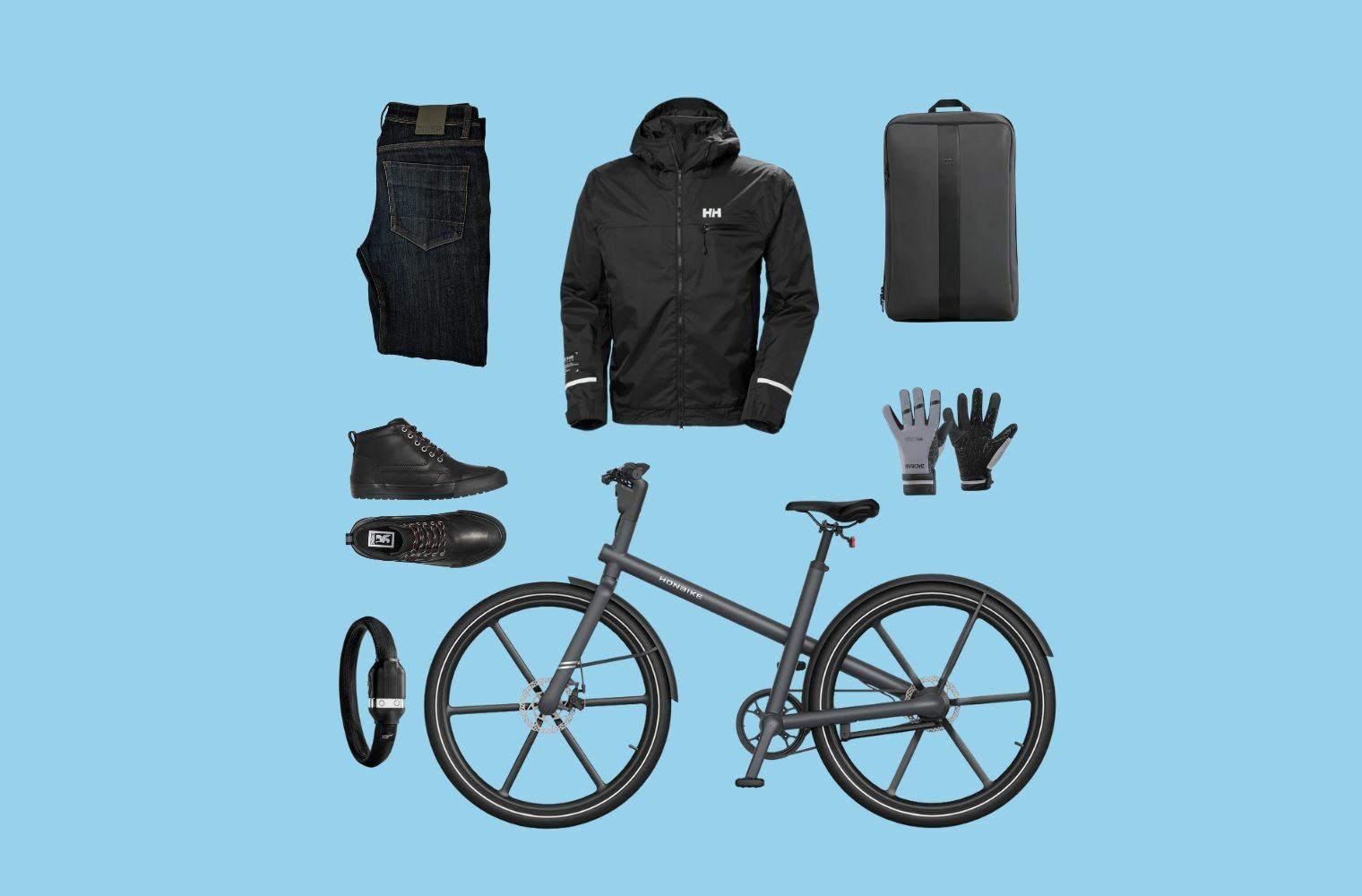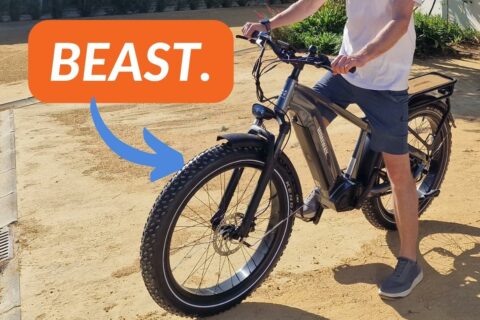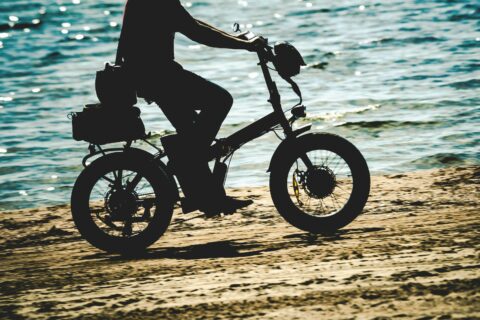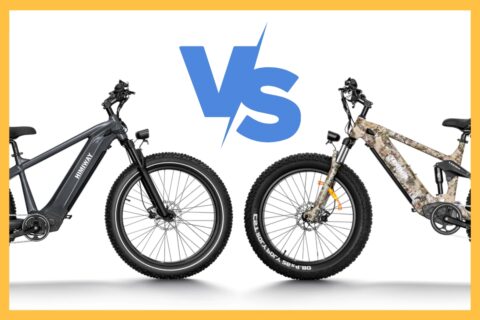This post may contain affiliate links, which help to keep Discerning Cyclist rolling. Learn more.
If you enjoy adventuring into the wilderness and living that #outdoorsisfree life then you’ll have seen the plus bikes and fat bikes rolling around your local outdoor spaces.
Unlike the conventional cross country bike that’s been around since the 90’s, both have been fairly new in comparison but that hasn’t stopped them from being a hit with their loveable fat tyres and comfortable ride.

What is a Plus Bike?
A plus bike is an off road bike, normally stylised around a cross country mountain bike, that tends to run around 2.8 inch or wider tyres and 1.5 inch rims coupled with a slightly bigger bottom bracket.
Due to the wider tyres the plus bike also uses slightly wider forks and has a wider rear triangle for clearance reasons to ensure the tyres fit in the frame.
As they are only slightly wider than a trail bike tyre the plus bike offers a great alternative, excelling in handling ability and manoeuvrability.
What is a Fat Bike?
A fat bike is an off road bike that typically uses 3.8 inch tyres or larger and is accompanied by 2.16 inch rims or wider. It also uses a wider bottom bracket shell than normal.
With the fat bike, think mountain bike but on steroids, everything is pretty much bigger for optimal fun!
These bikes tend to be amazing for riding in the snow and sand: far better than a conventional mountain bike. The ride is also smoother thanks to the fat tyres.
Are Plus Bikes and Fat Bikes the Same Thing?
Although very similar, Plus Bikes and Fat Bikesa are not the same. Plus bikes tend to be closer in geometry and riding feel to a typical trail mountain bike, whereas a fat bike is a lot bigger and chunkier, making it a unique riding experience.
Additionally, although plus bikes are often hardtail, you can also buy them with rear suspension (full suss as they are often known) whereas the fat bikes only come in the hard tail option. Meaning the plus tyre and full suss combined allows for the most forgiving of rides on drops and tricky descents.
Plus Bike vs Fat Bike Differences
The differences with plus bikes and fat bikes are not just visual: yes the fat bike has wider tyres and rims in comparison to a plus bike, which is the main difference, but the ride quality also differs.
The plus bike offers a lighter and more manoeuvrable ride but will never compare to the fat bikes ability to ride through boggy grounds, deep sand and snow.
| Plus Bike | Fat Bike | |
| Tyre Width | 2.8” – 3.00” | 3.8” – 5” |
| Tyre Pressure | 14-18 PSI | 5-15 PSI |
| Weight | 12–14.55kg (26-32lbs) | 15-16.3kg (33-36lbs) |
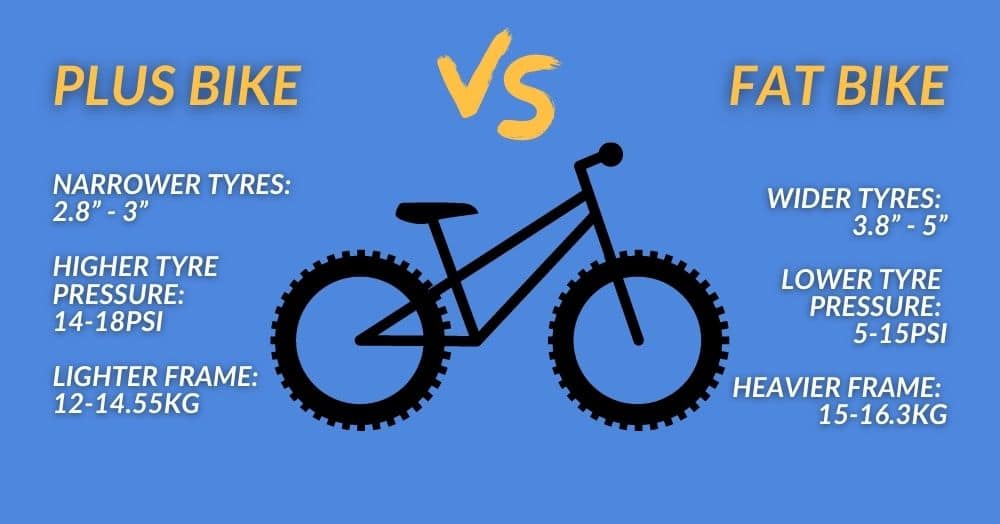
Plus Bike: Pros + Cons
| Plus Bike Pros | Plus Bike Cons |
| Still quite light Good for climbing Good rolling resistance Versatile all round off road bike | Extra rotational weight in corners Heavy tyres Heavier than a cross country mountain bike Not suited to road riding / commuting |
Where to Buy Plus Bikes
Plus bikes are easy to browse on the internet, for example most big brands in cycling will list a few plus bikes on their website. The only issue with buying bikes online is sizing, but rest assured if you do buy one online we can help out with our own bike size guide.
They will also be available in most of your local off road specialist cycling shops, here there will also be sales teams to talk you through the different makes and models in order to find one that is best suited for you and your needs.
But if you are unsure as to whether or not the plus bike is for you, there’s always our guide on what type of bike you should get to help you out, but if you are looking for a cheaper alternative be sure to check out our piece on the best budget bikes for under £200.
Remember, no matter what bike you choose to buy, make sure it’s fun and gives you that special new bike day feeling!
